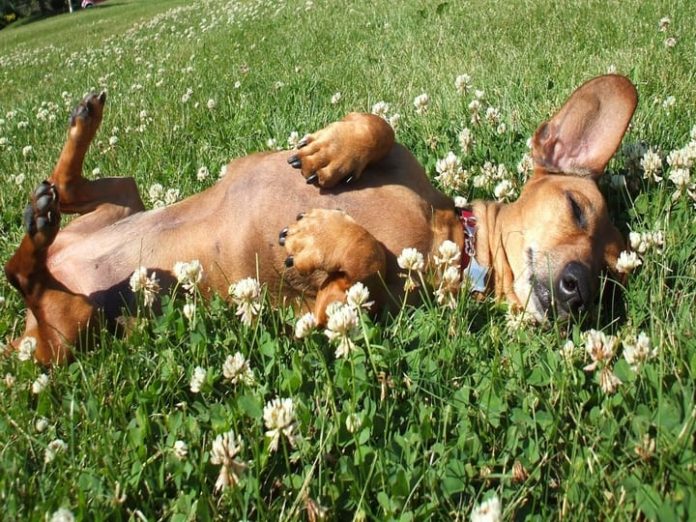We do not always understand the behavior of our pets. Sometimes we may find that they act in a strange way. However, by examining their past (in short, their behaviors before they are domesticated), we can find some answers to our questions. For example, dogs are domesticated wolves. Many of their actions can, therefore, be explained by the social behavior of the pack. Cats, on the other hand, have always been solitary hunters. Many of their behaviors, such as purring, have surprising explanations… Find out what’s behind some of your pets’ actions.
1. Cats’ appetite for grass
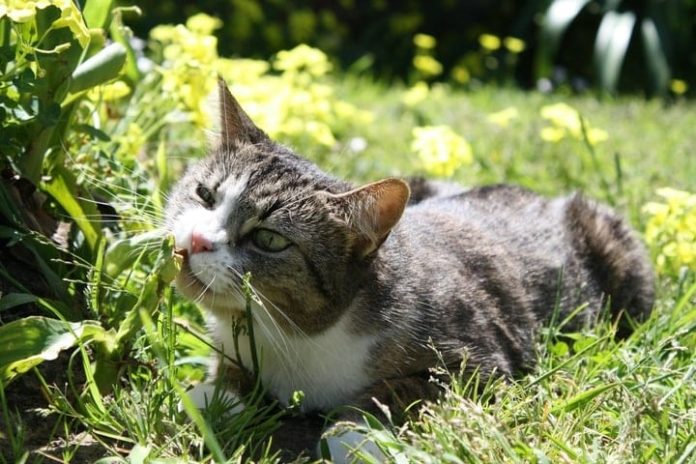
You’ve probably left your cat outside and seen him start nibbling on the grass and finally throwing it up. Cats cannot digest plants (although they can get a vitamin from them), so why did they bother to eat them in the first place? Cats are likely to eat grass to release other indigestible materials into their digestive tract: the bones, fur, and feathers of their prey.
2. Taking the snout
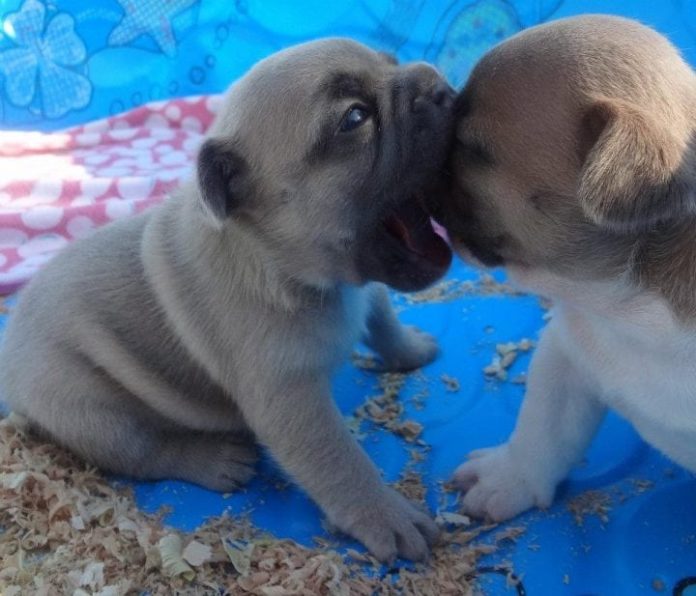
When two dogs hang out together and one seems to bite the snout of the other, it may be a little shocking for the owners, but it’s not a concern. It is just a social behavior that dogs hold from their ancestors the wolves. By doing so, dogs affirm their social relationship. The dog grabbed by the snout is under the protection of the other dog.
3. Your cat sits in a box

It is no secret that cats love cardboard boxes. From indoor cats to big cats, they can never get enough of the boxes. They like to sit in boxes, even if they are tiny. It seems that, at least for domestic cats, boxes reduce stress by providing a safe enclosed space.
4. The inclination of the head
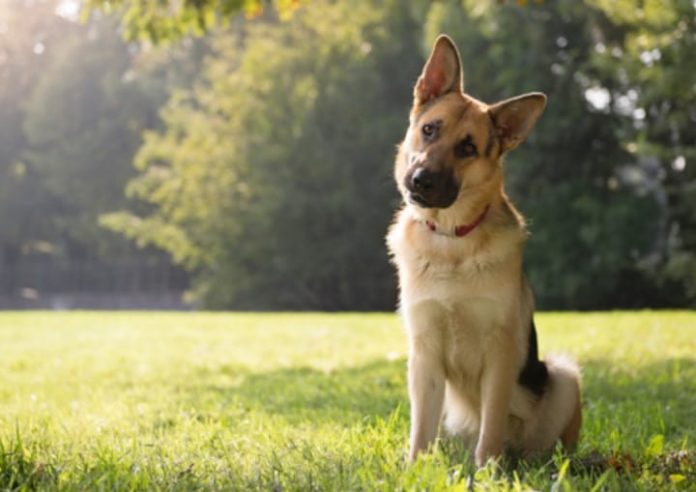
You may have noticed that sometimes when you talk to your dog, he tilts his head to the side. He doesn’t do that to be cute. It seems that dogs lean their heads to see your facial expression better or to hear you better.
5. Yawn
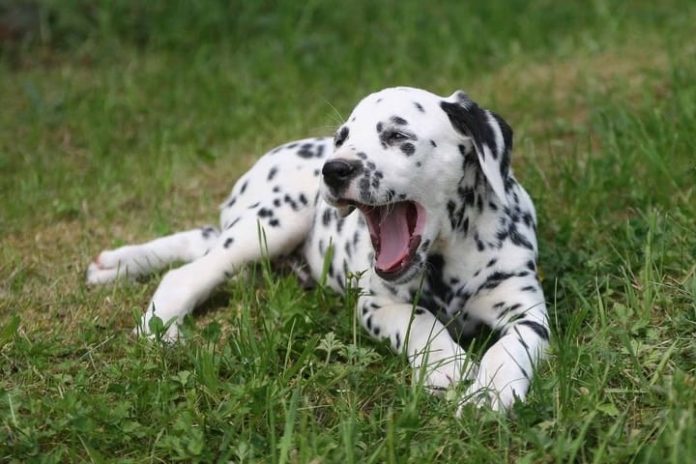
If your dog starts yawning, it’s not necessarily because he’s tired. It is rather a pacifying behavior. He does so, for example, to show his friendship with another dog.
6. Lick your face
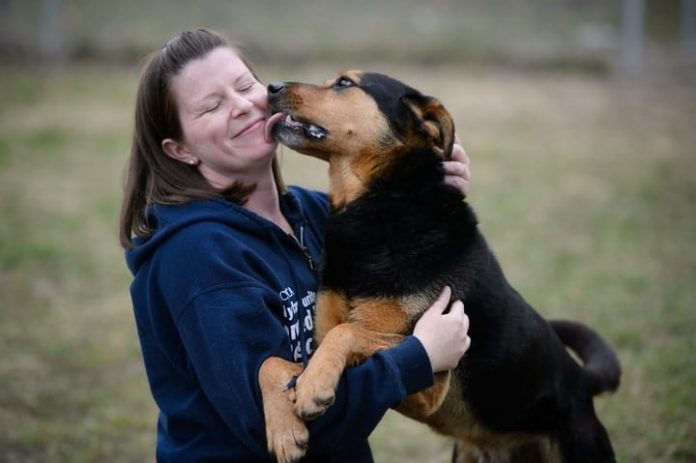
Most people don’t like to be licked on the face by their dog. Be aware, however, that this behavior means that your pet considers you a friend.
7. For the love of catnip
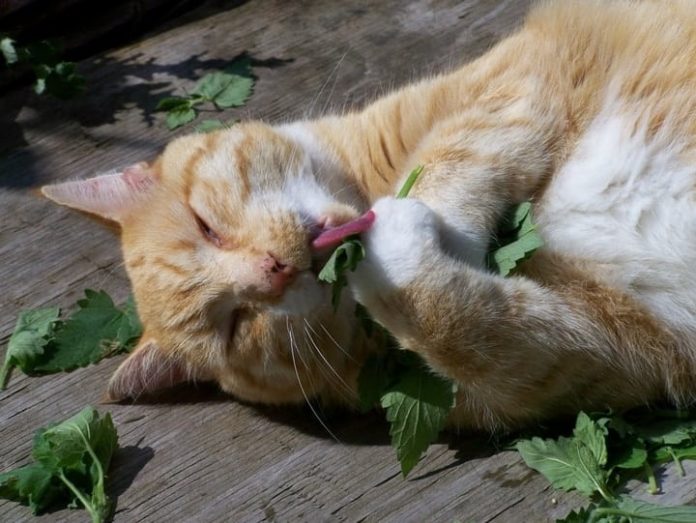
Everyone knows that cats love catnip. They rub their bodies everywhere and some even lick them. This behavior is actually a response to a chemical compound, called nepetalactone, that catnip produces. For plants, nepetalactone keeps insects away, but for cats, it does something very different.
8. Your dog is shaking
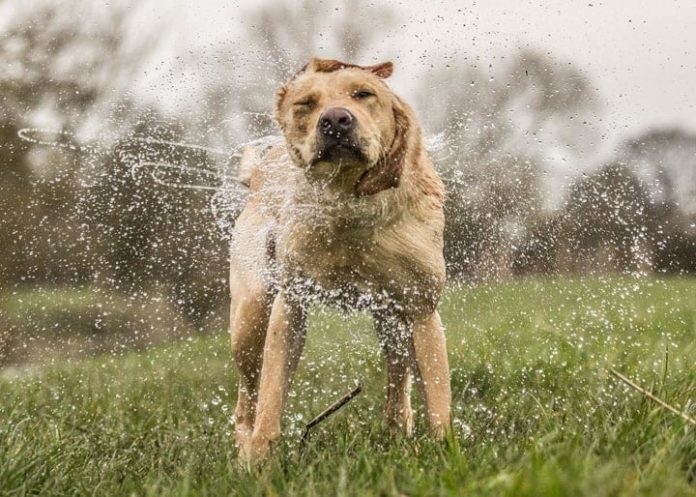
Have you ever been watered because your dog was trying to dry his coat by shaking himself vigorously? This behavior exists for a very important reason: to keep the dog warm. Fur must be dry to keep an animal warm, as it cannot retain air when wet.
9. Your cat grabs your furniture
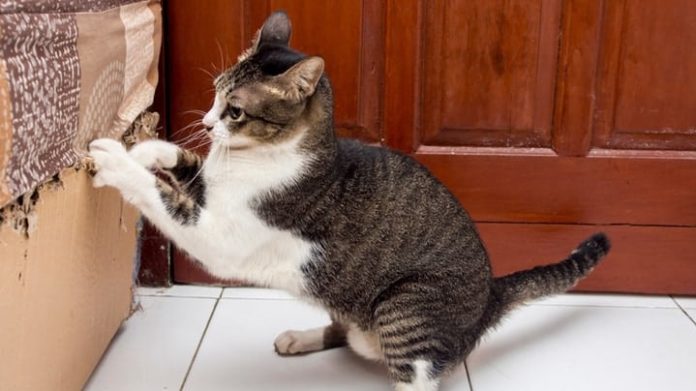
Although cats are adorable, they can sometimes become boring. One of the worst things cats do is scratch furniture, carpet and just about anything. Unfortunately, this is a natural behavior for them. Scratching is good for their claws, as it removes the dead outer layer of the nail.


![[Photos] Why WD-40 Is Magic In Your Garden?](https://lifetonik.com/wp-content/uploads/sites/7/2019/08/WD40-Prices-Highres_Page_8_Image_0008-218x150.jpg)



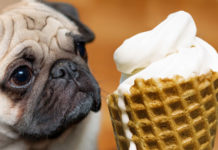

![[Photos] Take A Look Of The Obama’s New Home Before It’s Banned](https://lifetonik.com/wp-content/uploads/sites/7/2019/07/Obama1-218x150.jpg)

![[Slideshow] Celebrity Homes: 21 Of The Most Luxurious](https://lifetonik.com/wp-content/uploads/sites/7/2019/07/Taylor-Swift-218x150.jpg)
![[Slideshow] More Parents Are Now Gluing Pennies to the Bottom of their Kid’s Shoes](https://lifetonik.com/wp-content/uploads/sites/7/2019/07/Keep-Them-Entertained-218x150.jpeg)
![[Photos] 20 Fashion Mistakes That Too Many Women Make!](https://lifetonik.com/wp-content/uploads/sites/7/2019/07/5-style-mistakes-that-make-you-look-frumpy-featured-218x150.jpg)










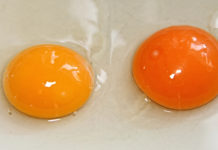
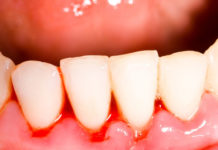

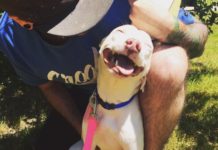





![[Gallery] 25 Discounts For Seniors To Which You Are Entitled Without Knowing It](https://lifetonik.com/wp-content/uploads/sites/7/2019/08/EAZxECUXUAAvNZR-218x150.jpg)
![[Slideshow] Here’s the salary of every governor in the United States](https://lifetonik.com/wp-content/uploads/sites/7/2019/08/Charlie-Baker-218x150.jpg)
![[Photos] No One Will Want To Buy This House After Seeing These Pictures](https://lifetonik.com/wp-content/uploads/sites/7/2019/08/terrible-real-estate-photos-2-5c35e727c9f95__700-218x150.jpg)

